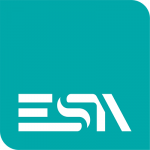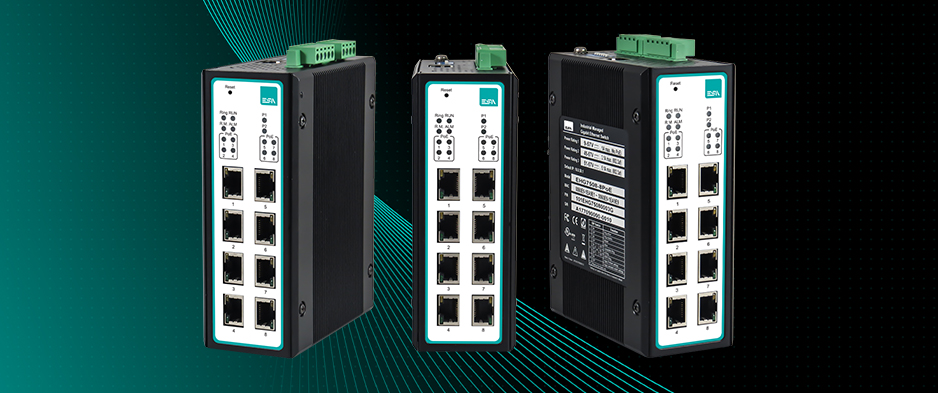The new ESA industrial Ethernet switches of the HIDRA line feature reliable network redundancy, integrated security features and easy management. Thanks to their versatile modular architecture, they also guarantee maximum scalability, which is fundamental in Industry 4.0 to support the increase of IIoT devices in the production plant.
The range includes managed and unmanaged Layer2, managed Layer3, PoE and IP67 specifically designed for outdoor and harsh applications. In this article we’ll analyze their main features.
HIDRA industrial switches for IIoT
ESA’s HIDRA industrial switches are primarily designed for industrial applications. In fact, they work in any environment and condition (vibrations, temperatures, electric shocks, etc.).
In particular, they’re ideal for production lines with several machines or networks of machines that must be integrated into the factory company network to interface with higher-level systems (ERP, MES, etc.). Also, for networks dedicated to smart city applications, such as railway or motorway networks management.
Most of all, these devices are designed to adapt perfectly to an Industry 4.0 context. In fact, among the main advantages of industrial Ethernet switches, we find their ability to support and promote IIoT systems. That is, communication and data exchange between the machinery present in the plant.
In fact, they support the growing network extension requirements driven by the IoT, facilitating long distance data transmission and thus reducing installation, updating and maintenance costs and time. For example, it’s possible to carry out configuration via dedicated software (management utility) or browser with access to the web pages available in the switch.
ESA industrial switches and security
Security is another strong point of ESA industrial switches. In fact, they allow:
- Creation of virtual LANs to segment the network into sub-networks without modifying the cabling.
- Access control based on the MAC address of the source and target device. Access tables can be defined via NAT, white and blacklist.
- Exchange timing control by defining queues with different network access priorities.
- Integration of automation protocols: Modbus TCP, Industrial ethernet, Ethernet IP for managing the switch configuration through machine control.
HIDRA industrial switches technical features
HIDRA Ethernet switches have specific certifications for use in the industrial sector. Or:
- Metal case.
- 10/100/1000 RJ45 ports and 100/1000 BASE-X SFP slots.
- Integrated PoE with 24V DC power supply. In this way a specific power supply is not necessary, but they work with the 24V available in the panel.
- Redundant DC power input, up to IP67.
- Reverse polarity protection.
- DIN-Rail, plastic or slim-size metal housing.
- Wide temperature operations, from -40 °C to 70 °C.
- Supports IEEE 802.3 / 802.3u / 802.3x.
- Powerful Layer2 and Layer3 management.
- Redundancy through ITU-T G.8032 ERPS ring, RSTP, STP, MRP (client) compatible ring.
- CE, UL, NEMA, shock, drop, vibration certified.
- Virtual LAN segmentation.
- Modbus, Profinet and Ethernet Ip support.
- Gigabit and fiber optic connection models.

